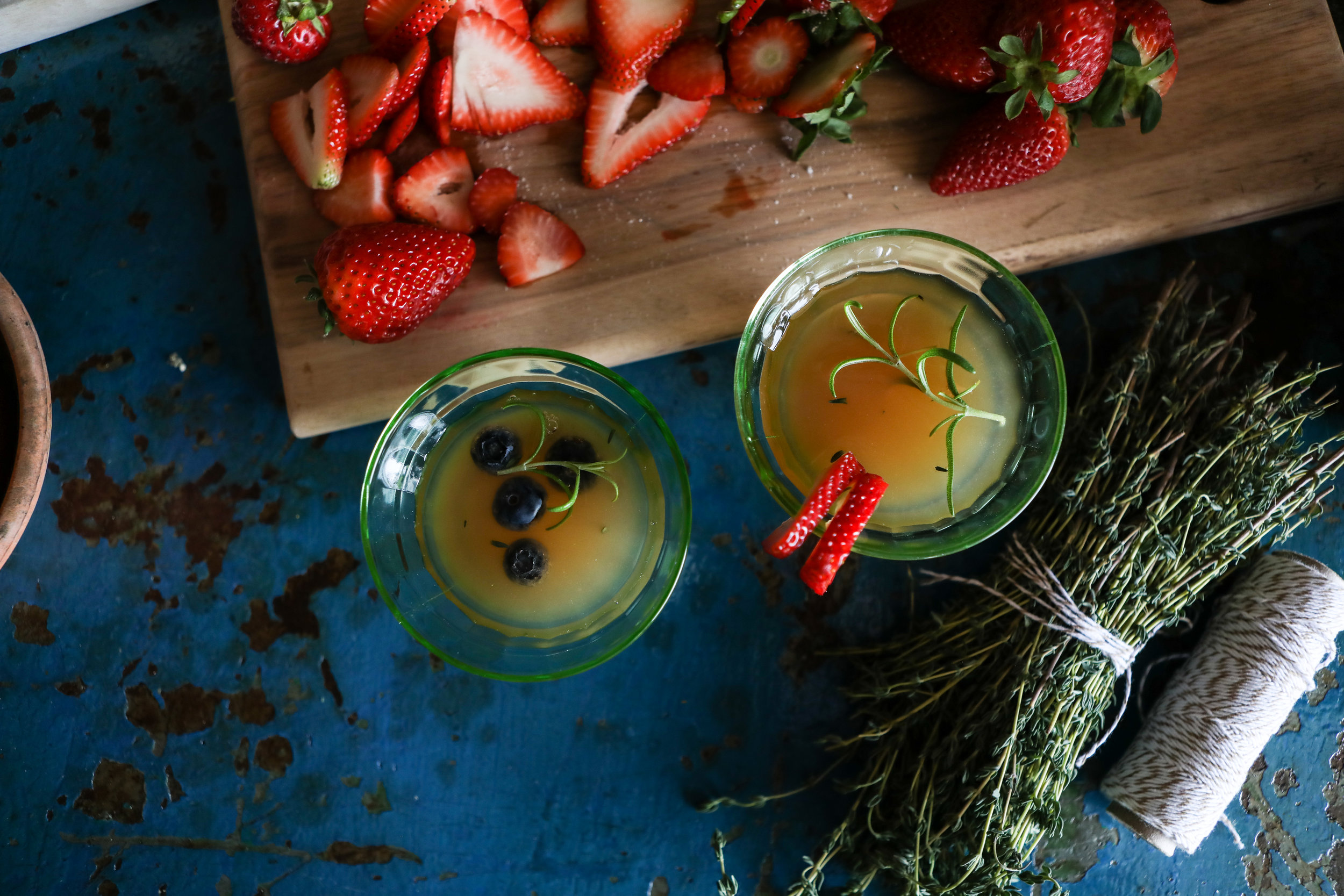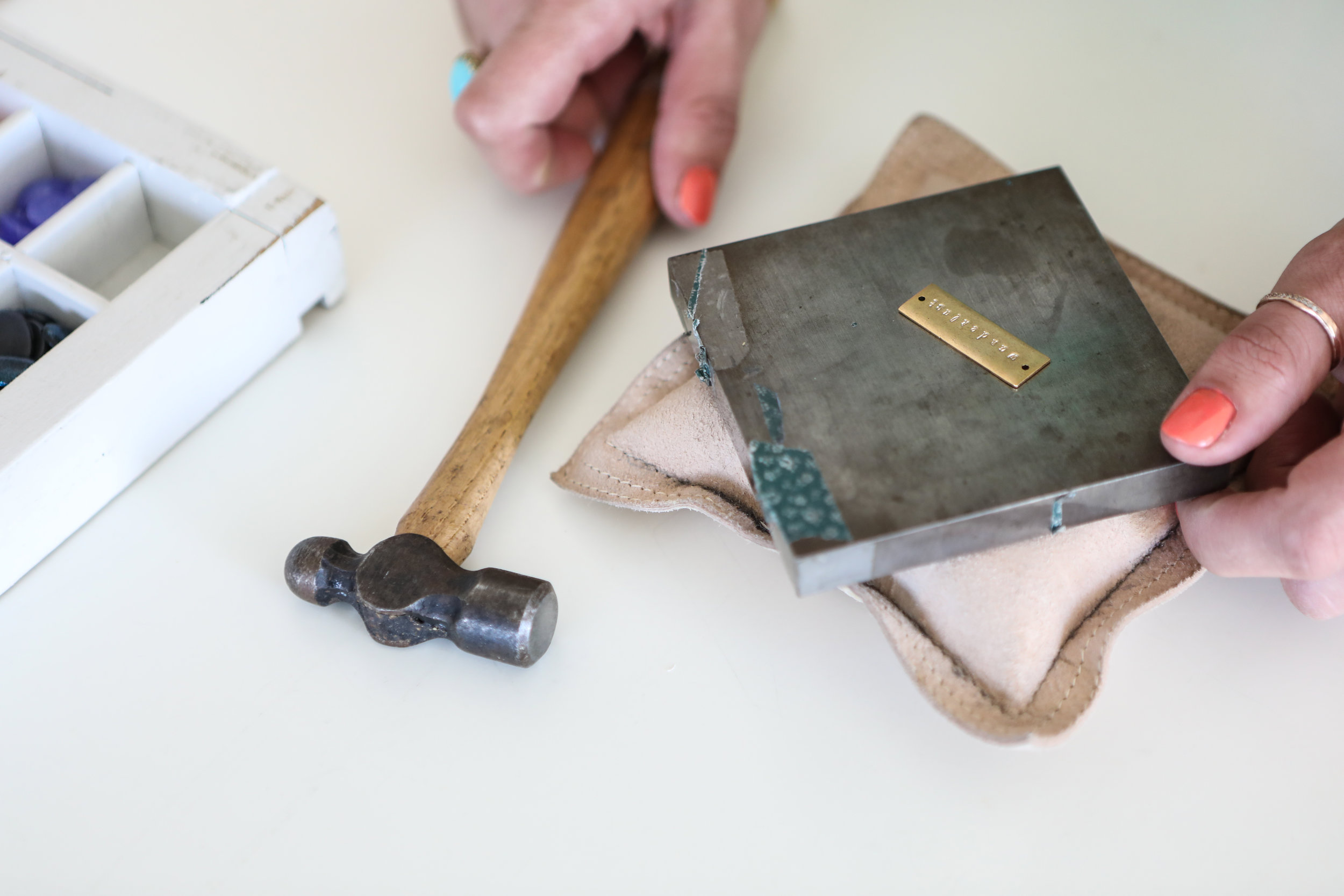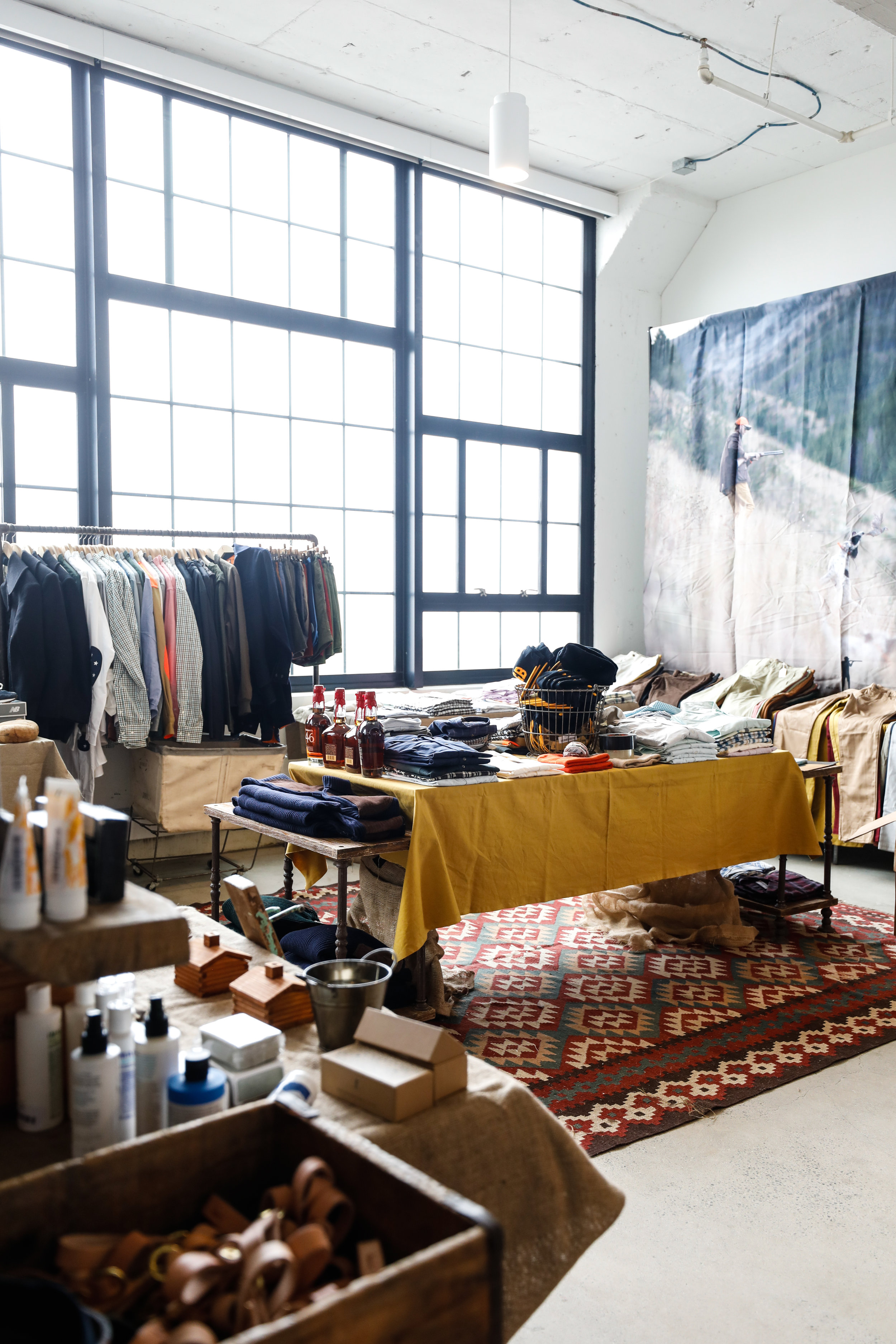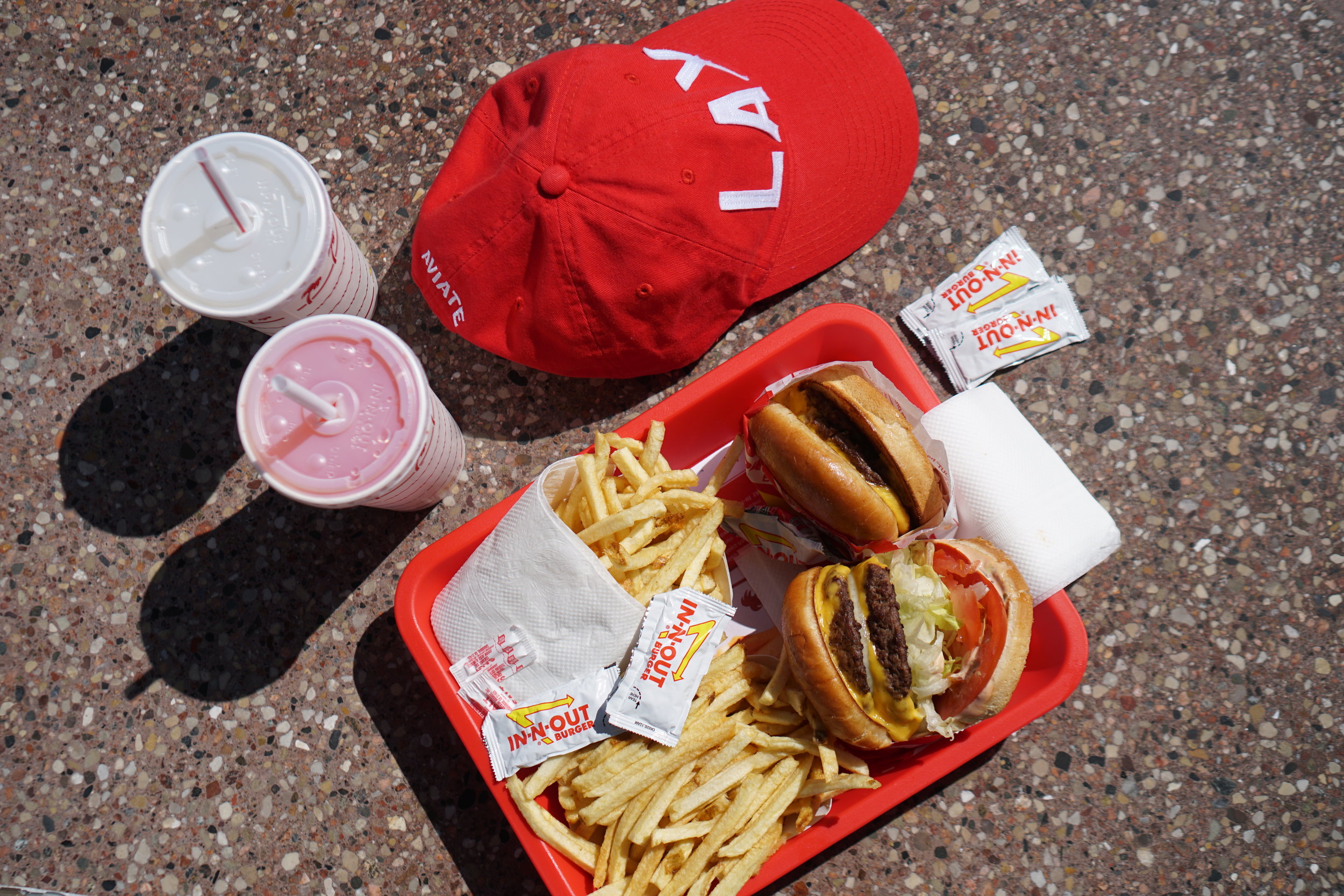Christy Jo Stone + Serving Southern Sweetness
Ben Ashby
CHRISTY JO STONE
the fruit tea chicks
The tiny town of Hartsville, Tennessee, and its surrounding countryside, with its rolling pastures, southern charm and small-town sensibility, provides the perfect palate for Christy Jo Stone to grow her businesses, raise her kids and serve up her signature blend of deliciously refreshing fruit tea. From her family’s farm outside of town, she has transformed a shed into a beautiful space for creating teas, hosting her annual Strawberry Patch Barn Sale and making plans for the future of the Fruit Tea Chicks.
I live in Hartsville, Tennessee, the same town where I was raised. Trousdale County is the smallest county in Tennessee. It’s predominately a farming community. Like so many others, I grew up in a broken home. My parents divorced when I was in the fourth grade, at which time we moved from Lafayette to Hartsville, which are about 15 miles apart.
Growing up in a small town, I never felt comfortable expressing myself and lived somewhat of a caged-up
life I guess you could say. I really didn’t recognize this until I got older (probably in college) and more in touch with my inner-self. In small towns, it’s not always easy to be “different.” In fact, it was frowned upon, so I chose to conform.
As I got into high school, I quickly realized if I ever wanted to unleash the beast within, I would have to get the heck outta dodge. So I did. I headed south to Ole’ Miss, which was not a good choice in terms of proper places to unleash the beast! It was one of the most uniform schools I have ever been to, with lots of old money, beautiful people and rich southern gals—none of which applied to me.
I left there after one-and-a-half years and transferred to the University of Tennessee-Knoxville, where I ended up getting my degree in psychology. While there, I had the opportunity to travel abroad to Australia, where I backpacked and lived in hostels for four months. I made this journey all alone, and it’s where my passion for handmade, color and pastry shops came alive. The inner beast was finally released!
In 2003, I became a stay-at-home mom and a member of the local garden club. Each month we had a potluck, and my “dish” was always my homemade fruit tea. The little old ladies would fluff me up about how good it was and make me feel proud of myself. I started with just a basic recipe, but before long, I was super-bored with it. I started tinkering with the recipe, adding fresh puréed fruits and such.
That worked on a small scale, but when I started the business, that recipe just didn’t work. I finally perfected my own unique recipe using fruit juices, concentrates and a few other specialty blends which have stood the test of time. It’s the one I hope to use until my tea-making days are over.
I used to journal and doodle a lot. About a year ago, I cleaned out my sewing room and found a journal entry dated June 2009. In it, I had written about my dreams to start my first Barn Sale—The Strawberry Patch—and how I wanted to sell my homemade fruit tea by the jug. I had forgotten I had a vision for my tea, way back when. All these fruit tea ideas finally came together in July 2016 when I did my very first show at Swanky Plank at Rippa Villa.
I’m completely self-taught with my own cooking. I grew up eating good-old southern food like pinto beans and cornbread, where the only seasoning used was salt, pepper and lard. Being a single mom with three kids going three directions, I never get enough time home to cook. I don’t like frozen or boxed dinners. I love food blogs and pics.
I’m not sure if it is because of the artfulness of the picture, the staging and styling of it or the beauty of the finished product itself. I’m fascinated by chefs and their ability to create a piece of art using food. I love cookbooks like “The Plantiful Table” and “Whole Food Energy.” I love the pictures in them just as much.
At the end of the day, I’m a single mom without any formal training who is chasing her dreams and doing the best she possibly can. My greatest dream is to deliver a creative product that people will want as a staple item in their pantry for years to come.
“I’m good at fruit tea—that about sums it up!”
Summertime Tea
Fresh berries for muddling (such as strawberries or blueberries)
Three parts fruit tea
One part gin
Thyme or rosemary for garnish
In a cocktail shaker, muddle your choice of fresh fruit. Pour in the fruit tea and gin then add ice and shake. Serve on or off the rocks and garnish with your choice of fresh herbs.








































































































































































































